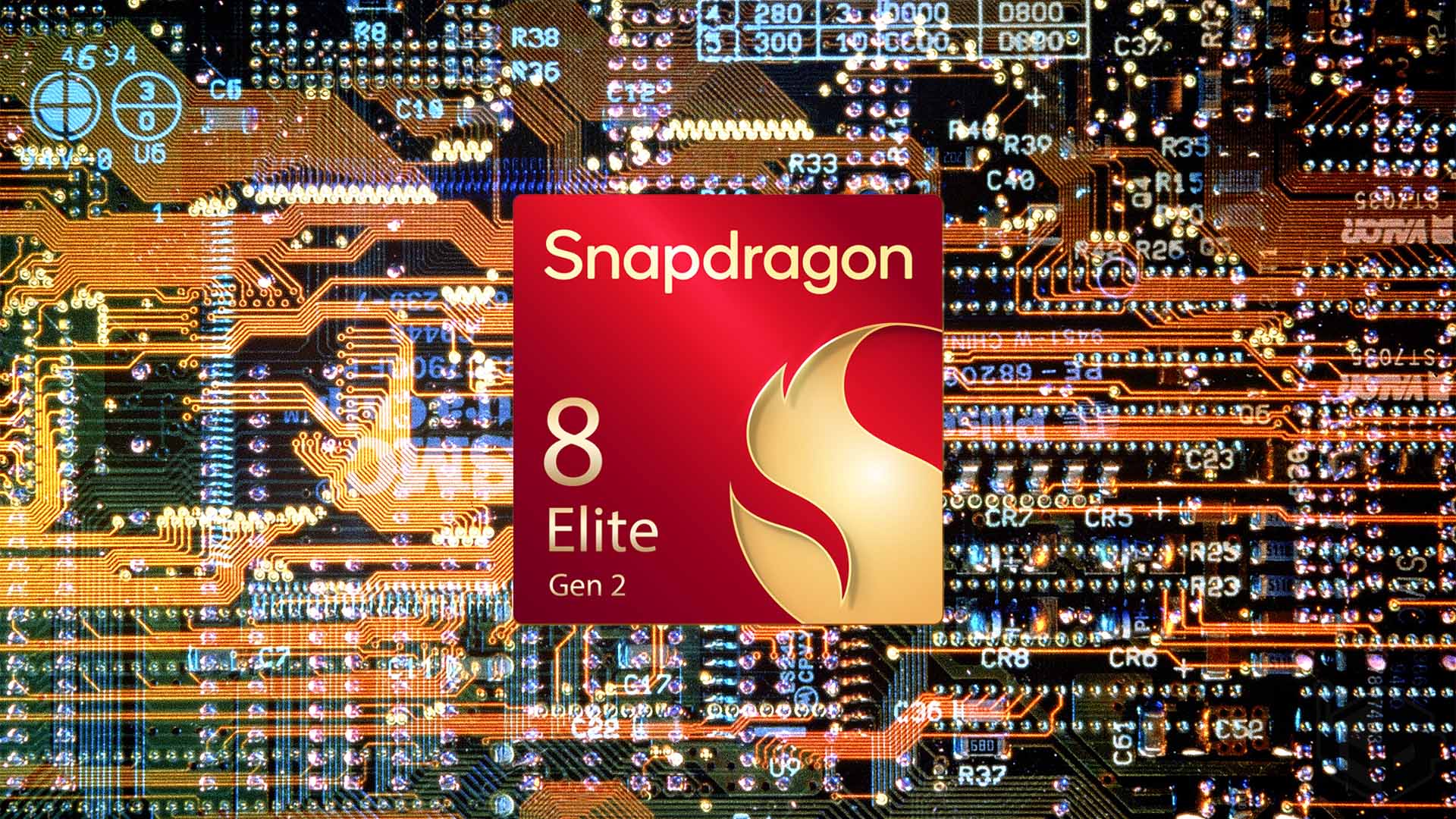Qualcomm’s upcoming Snapdragon 8 Elite 2 is poised to take mobile chipsets to a new level, but it’s not without its controversies. Recently, well-known Weibo leakster Digital Chat Station (DCS) reported that Qualcomm is pushing the limits of clock speeds, testing its flagship chip at an impressive 5GHz range. 
The Snapdragon 8 Elite 2 is expected to outperform its predecessor significantly, though it’s unclear whether such speeds will become a permanent feature.
This new development contrasts with ARM’s recent focus on efficiency. According to Digital Chat Station, ARM’s latest CPU designs prioritize higher instructions per clock (IPC) to achieve greater efficiency at lower clock speeds. In contrast, Qualcomm seems to be focusing on pushing the boundaries of raw performance, opting for record-high clock speeds.
The leak initially suggested an overclocked version of the Snapdragon 8 Elite 2 could hit 5.3GHz, but DCS updated the post to clarify that these are just test frequencies, and the final clock speed will likely be determined by power efficiency considerations. Nevertheless, it’s still expected to exceed the 4.47GHz of the current Snapdragon 8 Elite, which itself held the title of the highest clock speed in a mobile chip until the M4 chips in the 2024 iPad Pros briefly held the crown with a 4.40GHz peak.
The Snapdragon 8 Elite 2 is more than just raw clock speed, though. It boasts second-generation Oryon cores, which are expected to deliver a 25% performance boost over their predecessors. In addition, the Adreno 840 GPU will feature 16MB of cache-up from 12MB-resulting in a potential 30% increase in graphics performance.
Early benchmarks are already showing promising numbers: single-core CPU scores surpassing 4,000 and multi-core scores pushing 11,000. For context, the current Snapdragon 8 Elite scores around 3,100 in single-core and 9,800 in multi-core tests. While these numbers are from early benchmarks and should be taken with a grain of salt, they suggest that the Snapdragon 8 Elite 2 could be a major leap forward.
It’s important to note that while clock speed is an attractive number to tout, it’s not the only thing that determines a chip’s performance. Other factors such as power efficiency, thermal management, and GPU performance will play a crucial role. Qualcomm’s push for high clock speeds could turn out to be a double-edged sword, especially when considering the heat generation and power demands that come with such ambitious performance targets.
Interestingly, Qualcomm’s efforts to overclock the Snapdragon 8 Elite 2 come at a time when competitors like MediaTek and ARM are taking a different approach. MediaTek’s Dimensity 9500, for example, runs its prime core at just 3.23GHz, significantly lower than the higher clocked cores in the Dimensity 9400 and 9400+ chips. Samsung’s Exynos 2500 has its Cortex-X925 core running at 3.3GHz, with the Exynos 2600 expected to be featured in upcoming Galaxy S26 models, though details on that chip are sparse.
The Snapdragon 8 Elite 2 is shaping up to be a powerhouse, but there are still plenty of unknowns. Qualcomm’s focus on clock speed will likely make it an energy-hungry chip, potentially leading to higher power consumption and thermal challenges. How the Snapdragon 8 Elite 2 compares to ARM’s more efficiency-focused designs will be fascinating to watch.
Fortunately, we won’t have to wait long to find out. Qualcomm has moved up the timeline for its Snapdragon Summit, now scheduled for September 23-25. Expect more official details to surface then.